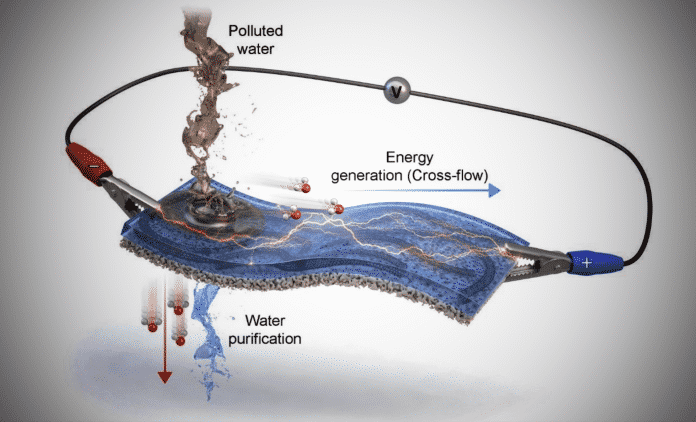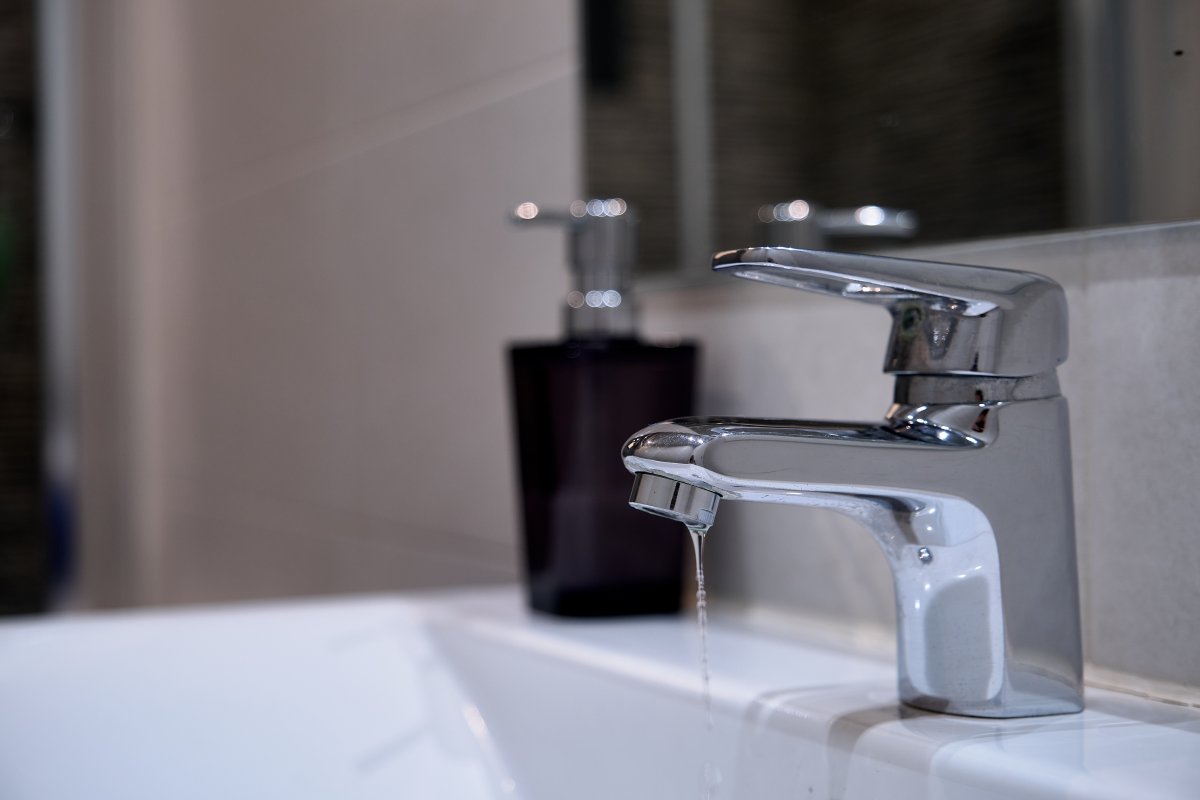Ahead of the United Nations Water Conference, which runs until Friday, a study warned that the shortage of drinking water around the world is increasing. The nations are a long way from the sustainability goal of ensuring everyone has access to clean water by 2030. In addition to a more economical and careful use of this most important food of all, numerous technical approaches could help against an impending water shortage. Korean scientists designed a special water filter that also generated small amounts of electricity while fishing off small particles.
The working group led by Ji-Soo Jang from the Electronic Materials Research Center of the Korea Institute of Science and Technology in Seoul developed a multi-layer membrane for their prototype. This consisted of an organic semiconductor – poly(3,4-ethylenedioxythiophene) polystyrene sulfonate, PEDOT:PSS for short – on a porous carrier material. The researchers also embedded carbon nanotubes in the upper layer in order to increase electrical conductivity. The scientists added a cellulose-based polymer (PAA/CMC) as a binder.
16 microwatts generated by water filters
In initial tests, Jang and colleagues led water contaminated with suspended matter through the filter membrane, which was about the size of a note. It was possible to filter more than 90 percent of even tiny particles with a diameter of up to ten nanometers out of the water. While flowing through the membrane, the ions dissolved in the water caused a small current to flow. This could be picked up by two electrodes connected to the membrane and achieved power values of up to 16.44 microwatts.

The illustrated structure of the newly developed water filter.
(Image: Ji-Soo Jang et al.)
These experiments showed that the delicately structured water filter was able to remove a large part of the impurities and generate a small current flow at the same time. In further experiments, the researchers want to use larger filter surfaces and thus increase the electricity yield. However, longer series of tests still have to show whether the filter membrane does not clog too quickly or is at least easy to clean. Then, for example, cloudy water could be filtered in regions without a water connection or on hikes in the great outdoors. The electricity generated in parallel could at least be sufficient to supply individual light-emitting diodes or to partially charge a smartphone battery over many hours.

(jl)
